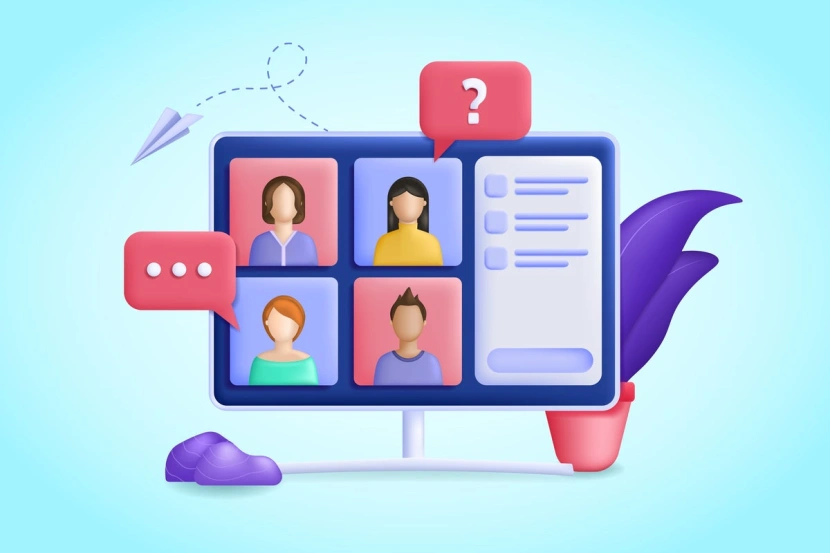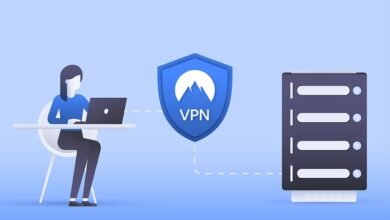5 employee preferences HR departments should keep in mind in 2022

5 employee preferences HR departments should keep in mind in 2022
Hybrid work has created a division among employees, as skills, preferences, and digital requirements are more diverse than ever. Gavin Tay, Vice President of Research at Gartner, identifies five key employee digital preferences that application leaders can use to address these challenges and improve employee experience.

During the COVID-19 pandemic, it was believed that forced remote work would bring the technological level of opportunity for employees. However, Gartner’s 2021 Digital Worker Experience Study found this to be incorrect, with just over half of employees claiming to be experts in the field, which only proves that there are deep employee divisions.
At the same time, the flexible offer of remote work has not succeeded in attracting or retaining the most talented employees in organizations. Most employers can present identical conditions in the context of hybrid work, resulting in the same stress, burnout, and disappointment. Due to the resulting dissatisfaction, employees demand employers to provide a fair employee experience and improve digital efficiencies.
Check also:
HR departments can provide this employee experience by considering the following five employee preferences to better support them.
Providing digital efficiency
Until the outbreak of the COVID-19 pandemic, very few organizations were actively promoting digital efficiency. As a result, employees unanimously did not demonstrate ambition or ability to work with technology. In order to encourage employees to be more digital savvy, they must provide them with the tools they actively need. Gartner’s “2021 Digital Worker Experience” study shows that employees who are satisfied with their work applications are twice as likely to remain in their current organization than those who are dissatisfied.
Unfortunately, IT departments have the advantage of offering applications that are similar to, but not identical to, the tools employees prefer to use. As a result, employees avoid them and do not gain more digital competence. To correct this, start any inventory of digital tools or technology considerations with a solid assessment of how well the tool meets the diverse needs of the mixed global workplace and supports the digital resilience of your workforce.
Increase employee productivity based on your schedule and site preferences
Productivity has become a controversial metric in the mixed workplace, and management’s willingness to use monitoring solutions to track employee productivity has led to concerns among employees about privacy violations and mistrust.
It is better to let people work freely in different places. In addition, consideration should be given to improving the performance of a mixed workforce by balancing technology and flexibility with new work patterns, preferences, requirements and constraints to enable employees to achieve the best possible results.
Implementation of new business tools to support hybrid models
Today, employees use a combination of consumer, business, internal and external content, collaboration technology, social networking, and meeting technology to get work done. In the mixed workplace, the apps and services themselves remain key tools for performing teamwork and teamwork.
To get around this, boost productivity, collaboration, and engagement of blended employees by investing in new technologies like meeting solutions, teamwork management, and collaboration tools across workspaces. In addition, enhance the use of real-time messaging tools tailored to a specific set of business scenarios, remote, in-person, etc.
Adapt to a variety of meeting formats
During the COVID-19 pandemic, workers had no choice but to convert their homes into a workplace. These same places could also become child or elderly care centers, schools and quarantine centers as the COVID-19 pandemic spreads. As a result, working from home has become a blessing for some and a nuisance for others – the office has become a place to socialize and build camaraderie away from home.
In order to meet these preferences, meeting technology must be adapted to the needs and culture of the organization through the application of best practices. This means smart office spaces for personal and blended meetings have been redesigned to enable you to enjoy high-quality audio and video from anywhere — for example, by installing digital whiteboard collaboration tools or upgrading existing conferencing equipment.
The evolution of IT support towards improving digital speed
The IT department often has a bad reputation within the organization, usually due to the forced application of technology in the workflow. This is especially true in cases where the IT support team is absolutely unable to solve problems arising from the use of these technologies. IT must move from the role of a regular support to the role of advocate for digital employee agility.
Unleash virtual support agent solutions by optimizing IT Service Management (ITSM) practices, ensuring high-quality data from which you can learn, predict, and respond. It is also critical to improve the digital speed of employees by developing the capabilities of the IT services department to provide equal employee experiences, facilitate better collaboration and peer support and increase productivity.
About the author
Gavin Tay is vice president for research and a Gartner Fellow. His research focuses on global strategies for the digital workplace, the future of work, mixed work and the new work center.
Source: IDG Connect



